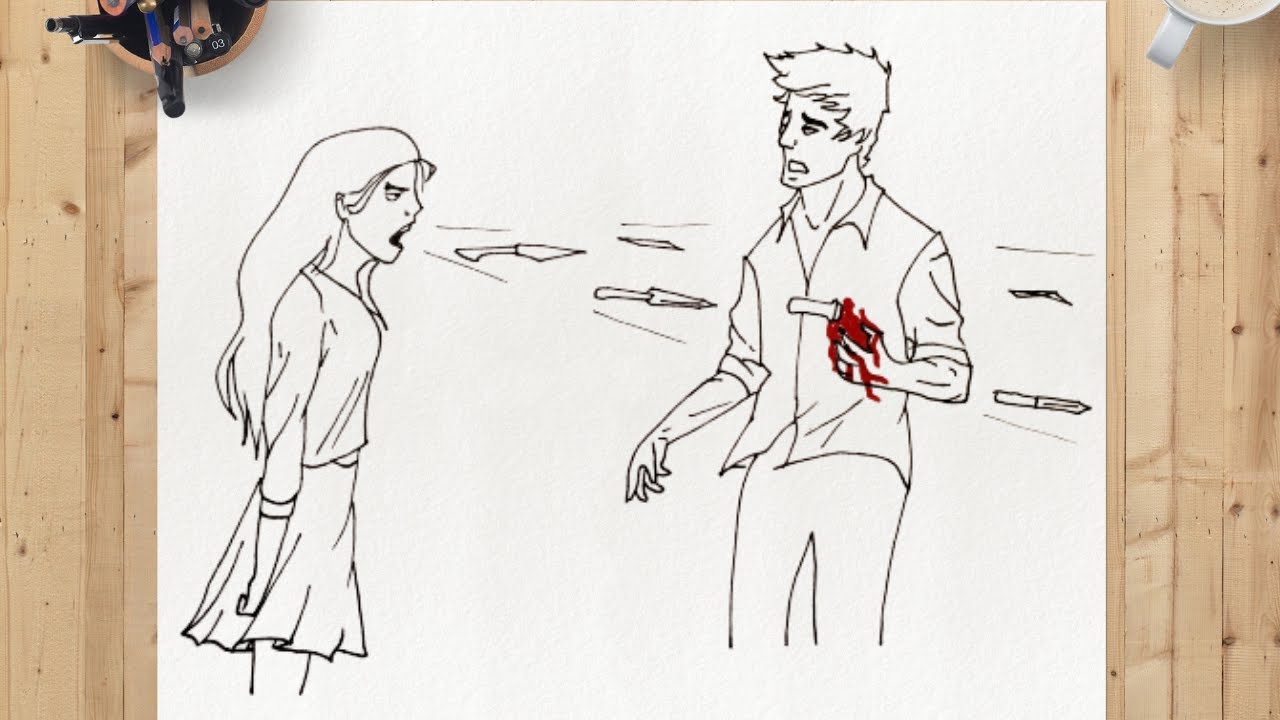Relationships are a cornerstone of our lives, shaping our emotions, decisions, and growth. Yet, not every relationship is meant to last forever. Sometimes, holding on does more harm than letting go. Knowing when it’s time to end a relationship is a courageous step toward a healthier, happier you. In this article, we’ll explore the signs, strategies, and steps to help you navigate this challenging decision.
1. Understanding the Core of a Healthy Relationship
Healthy relationships are built on trust, mutual respect, effective communication, and shared values. They empower you to grow, support your goals, and bring joy to your life. When a relationship consistently undermines these elements, it’s time to assess its impact on your well-being.
Ask yourself: Does this relationship make me feel valued and supported? Do I feel safe expressing my thoughts and emotions? Am I growing as an individual? If the answers to these questions are predominantly negative, it’s worth considering the need for change.
2. Recognizing the Red Flags
Recognizing the signs that a relationship is no longer serving you is crucial. Here are some common red flags:
- Consistent negativity: A relationship that breeds stress, anger, or sadness more often than joy may not be healthy.
- Lack of communication: When communication breaks down, misunderstandings and resentment grow.
- Unequal effort: A relationship requires mutual investment. If one person consistently gives more, it creates imbalance and dissatisfaction.
- Emotional or physical harm: Any form of abuse, whether emotional, verbal, or physical, is a clear sign to step away.
- Stagnation: If the relationship hinders personal growth or becomes a source of limitation, it may be time to reconsider.
3. Listening to Your Inner Voice
Your intuition is a powerful tool. When you feel a persistent sense of unease or dread about a relationship, it’s often a sign that something is wrong. Pay attention to these feelings rather than brushing them aside. Journaling can help clarify your thoughts and reveal patterns in your emotions.
Ask yourself: Do I feel more at peace when I’m away from this person? Does the thought of ending the relationship bring relief? These insights can guide you toward clarity.
4. Evaluating the Relationship’s Impact
Assess how the relationship affects different aspects of your life. Consider your emotional health, career, friendships, and overall happiness. A relationship that consistently drains your energy, diminishes your confidence, or isolates you from loved ones may no longer be worth maintaining.
Create a pros and cons list. Writing down what’s working and what isn’t can offer a clear perspective. Be honest and specific. If the cons outweigh the pros, it’s a strong indicator that change is needed.
5. Overcoming the Fear of Letting Go
Fear often keeps us stuck in unhealthy relationships. Fear of being alone, fear of hurting the other person, or fear of starting over can feel overwhelming. Acknowledge these fears but don’t let them dictate your choices.
Remind yourself that ending a relationship isn’t a failure; it’s a step toward self-respect and growth. Surround yourself with supportive friends and family who can provide encouragement and perspective. Seeking professional help from a therapist can also help address fears and build confidence in your decision.
6. Communicating Your Decision
Ending a relationship requires honest and compassionate communication. Choose a time and place where both of you can talk without interruptions. Be clear and direct about your feelings while remaining respectful.
Use “I” statements to express your perspective. For example, say, “I feel that this relationship is no longer healthy for me,” rather than placing blame. Be prepared for emotional reactions and listen empathetically, but stay firm in your decision.
7. Navigating the Aftermath
The period after ending a relationship can be emotionally challenging. Allow yourself time to grieve and process your feelings. It’s natural to experience a mix of emotions, from sadness and guilt to relief and hope.
Focus on self-care. Engage in activities that bring you joy and relaxation. Reconnect with friends, pursue hobbies, and set new goals for personal growth. Remember, healing is a journey, and it’s okay to seek help from a therapist or support group if needed.
Also Read: From Heartache to Healing: How to Stop Missing Someone After a Breakup
8. Embracing the Freedom to Grow
Ending a relationship opens the door to new opportunities and growth. Use this time to rediscover yourself. Reflect on what you’ve learned from the experience and how it can shape your future relationships.
Set boundaries and standards for your future connections. What qualities and values matter most to you? How can you ensure your needs are met while supporting your partner’s growth? These insights will empower you to build healthier relationships moving forward.
9. Learning to Trust Again
Letting go of a relationship can sometimes leave lingering doubts about trust and vulnerability. Take the time to rebuild trust in yourself and others. Surround yourself with positive influences and focus on relationships that uplift and inspire you.
Practice self-compassion. Remind yourself that everyone deserves love and respect, including you. Trusting yourself to make decisions in your best interest is a crucial step toward building fulfilling connections.
10. Celebrating Your Strength
Choosing to end a relationship takes courage and self-awareness. Celebrate your strength in prioritizing your well-being and making a difficult decision. Each step you take toward healing and growth is a testament to your resilience.
Remember, relationships are meant to enhance your life, not diminish it. By breaking free from unhealthy connections, you’re creating space for joy, love, and personal fulfillment. Trust yourself and the journey ahead.
Also Read: 7 Truths About Self-Aware Narcissists and Their Behavior



